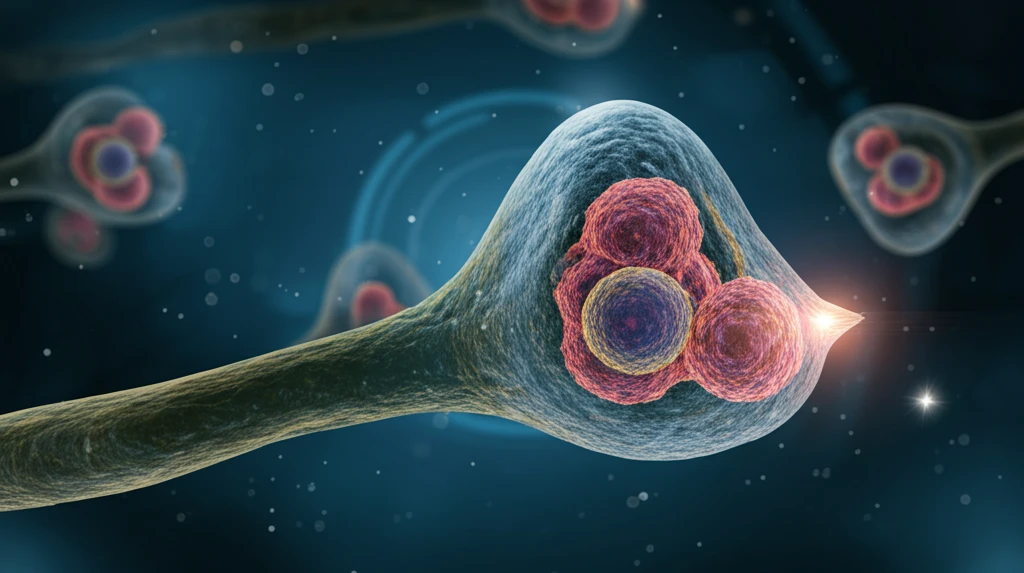
Micro-CT: Revolutionizing Breast Cancer Surgery with 3D Precision
"Discover how micro-computed tomography enhances margin assessment during breast conserving surgery, minimizing re-excision rates and improving patient outcomes."
Breast-conserving surgery (BCS) is a cornerstone in treating early-stage breast cancer, offering similar survival rates to mastectomy but with less extensive surgery. However, a significant challenge remains: ensuring that all cancer cells are removed during the initial surgery. When the surgical margins—the edges of the removed tissue—test positive for cancer, patients often need a second surgery, leading to increased anxiety and healthcare costs.
A groundbreaking imaging technique called micro-computed tomography (micro-CT) is emerging as a powerful tool to tackle this problem. Unlike traditional methods, micro-CT provides detailed, three-dimensional (3D) views of breast tissue specimens, allowing surgeons to assess the margins more precisely. The technology has the potential to transform how surgeons approach breast cancer removal, reducing the need for additional surgeries.
This article will explore how micro-CT works, its potential advantages, and the latest research supporting its use. We will delve into a recent study that investigated the feasibility and value of micro-CT in surgical margin assessment, highlighting its ability to improve outcomes for individuals undergoing breast-conserving surgery.
What is Micro-Computed Tomography and How Does It Improve Breast Cancer Margin Assessment?

Micro-CT is an advanced imaging technique that creates high-resolution, three-dimensional images of small structures. It uses X-rays to capture cross-sectional images of a specimen from multiple angles. These images are then digitally reconstructed to create a detailed 3D view. In the context of breast cancer surgery, micro-CT is used to examine the tissue removed during BCS, providing surgeons with a comprehensive view of the surgical margins.
- Limited View: 2D imaging only provides a single projection, making it difficult to assess the entire surface of the specimen.
- Overlapping Structures: Overlapping tissue can obscure cancerous cells, leading to inaccurate margin assessment.
- Incomplete Information: Traditional methods may not capture the full extent of tumor involvement, especially in complex cases.
- 3D Visualization: Provides a comprehensive view of the entire specimen, allowing for more accurate margin assessment.
- Improved Spatial Resolution: High-resolution images enable the detection of small cancerous areas that may be missed by traditional methods.
- Reduced Re-excision Rates: By providing more precise margin assessment, micro-CT can help surgeons remove all cancer cells during the initial surgery, reducing the need for repeat surgeries.
The Future of Micro-CT in Breast Cancer Treatment
Micro-CT holds great promise for revolutionizing breast cancer surgery by providing surgeons with a more accurate and comprehensive tool for margin assessment. Ongoing research and technological advancements are expected to further refine the technology, making it an indispensable part of the breast cancer treatment landscape. As micro-CT becomes more widely adopted, individuals undergoing breast-conserving surgery can look forward to improved outcomes and a reduced risk of repeat surgeries, marking a significant step forward in the fight against breast cancer.
